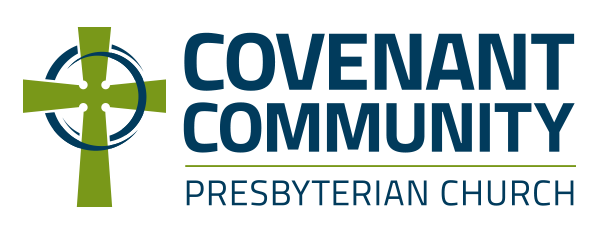If you’re enjoying the video summaries, here’s one for the second half of the Gospel of John:
THIS WEEK:
We made it through a large portion of the Gospel of John this week - traveling from the woman caught in adultery through the final prayer of Jesus before Gethsemane. If you made it all the way through, great job!
John 8-12 concludes what we often call “The Book of Signs,” where Jesus teaches and performs miracles to reveal to the people his true identity. The two major miracles, the healing of the man born blind and the raising of Lazarus, have major narrative consequences for Jesus as well. Many place their faith him; but others are motivated by these miracles to increased resolve against Jesus and his kingdom (see, for example, John 11:45-53). This dichotomy was predicted by Jesus in the first chapters of John, but it continues to this day. The claims of Jesus are so radical and his miracles so extraordinary, most people are motivated to passionate responses to him. This was always part and parcel of God’s plan. Perhaps the most dangerous mistake we can make in sharing our faith is watering down the radical nature of Jesus, so that people are able to be nonchalant in their assessment of Christ.
John 13 begins the second half of the Gospel, which we often refer to as “the Book of Glory.” Jesus here focuses increasingly on his hour of glory - the crucifixion. As you’ve been reading John, you probably noticed many times where either Jesus or the narrator said, “His hour had not yet come.” But John 13:1 says, “Jesus knew that his hour had come to depart from this world and go to the Father.” From this moment forward, his focus is the cross and the glory he will win for his Father through it.
Notice that there is no Lord’s Supper in John? Instead, John records the washing of the disciples’ feet, and a long conversation between Jesus and his followers, culminating in the prayer of chapter 17. The goal of that conversation is to prepare the disciples (and us) for his death and resurrection. The final prayer is especially interesting; how often do you pray for Christian unity, as Jesus does? Why do you think this is his final prayer for them before his death?
NEXT WEEK:
John ends with (spoilers!) the incredible news of the resurrection. We transition then right from the resurrection to the incarnation, as we read the first few chapters of the Gospel of Luke. As you begin, notice how Luke’s portrayal of Jesus is similar, or different, to John’s. Enjoy the story of Christmas once again, as we prepare for Christmas day together!
Grace and Peace,
Jim
